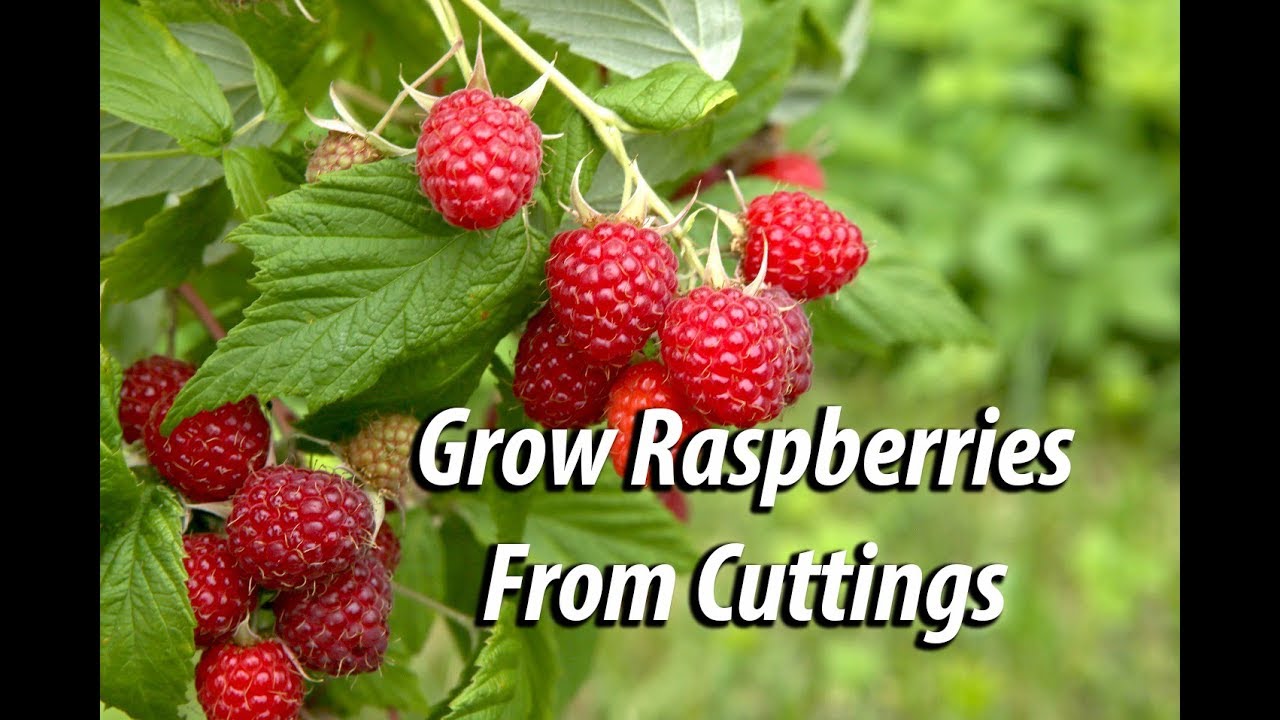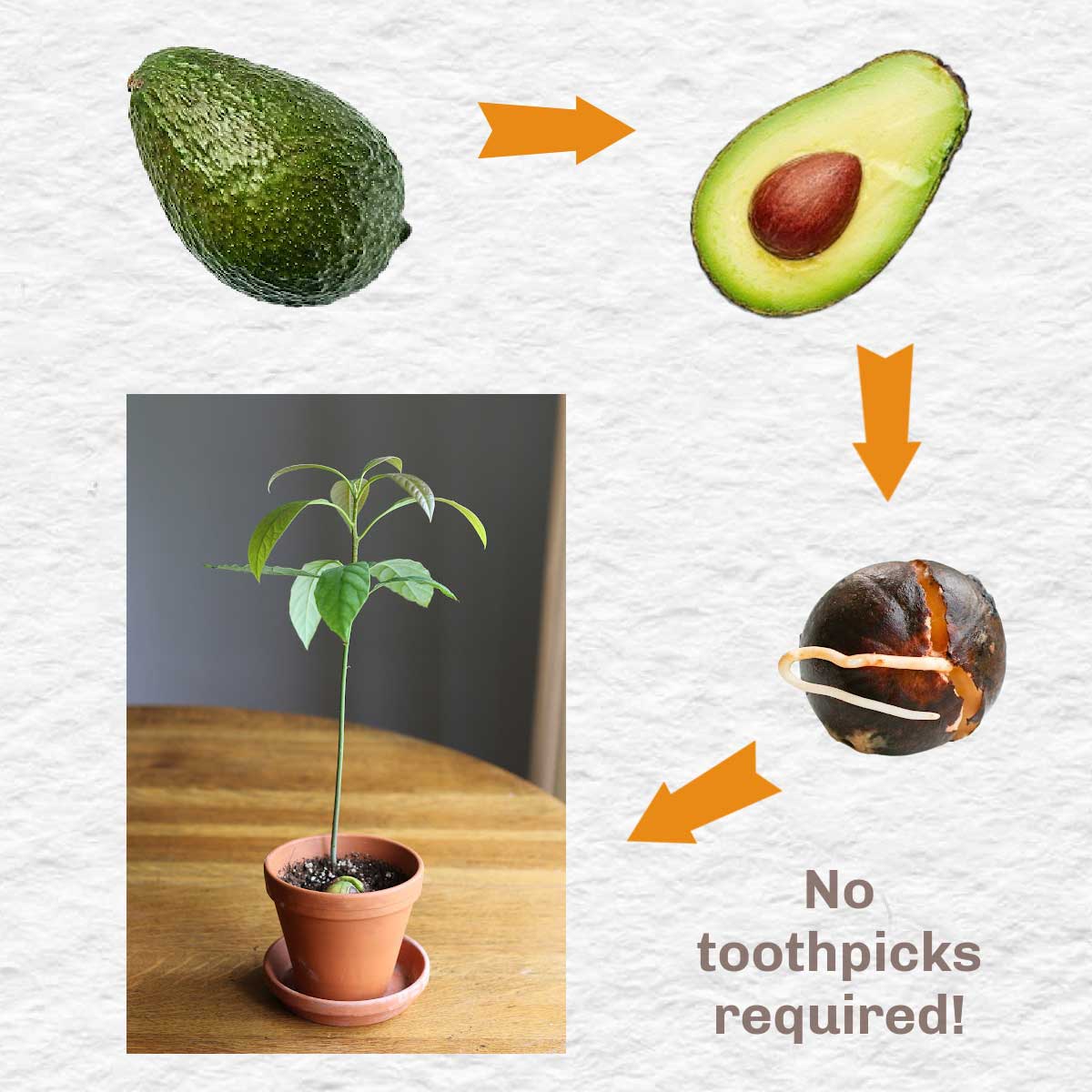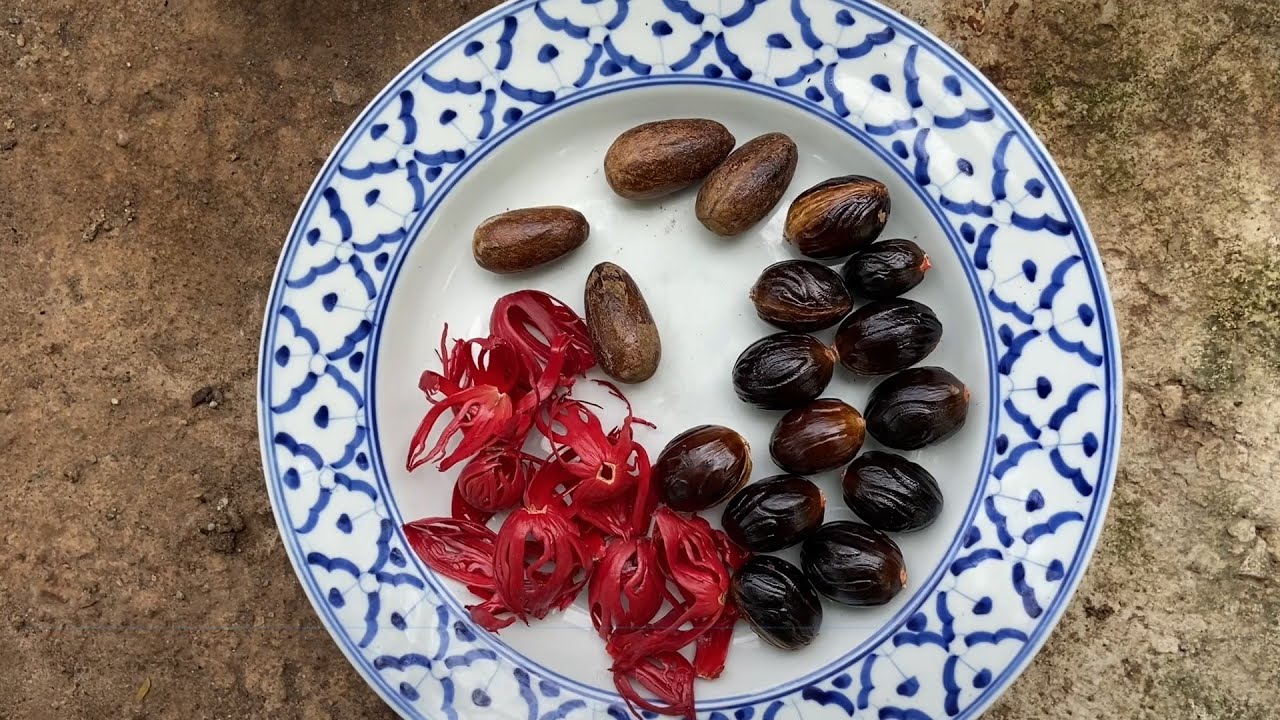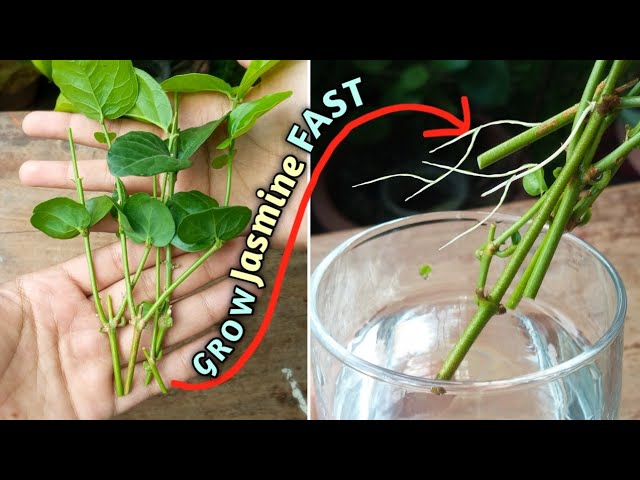How to Grow Raspberries from Cuttings
Raspberries are delicious, versatile fruits that are easy to grow in your garden. While you can buy raspberry plants from nurseries or online stores, you can also propagate them from cuttings. Growing raspberries from cuttings is a cost-effective and rewarding way to expand your raspberry patch. In this article, we will guide you on how to grow raspberries from cuttings.
1. Selecting the Cuttings
First, you need to choose healthy raspberry canes from the mother plant. Look for young, green canes that are free from diseases or pests. It’s best to take cuttings in late winter or early spring when the plant is dormant. Cut the canes into 6-inch pieces, making sure each cutting has at least two nodes.

2. Preparing the Cuttings
Once you have selected the cuttings, remove any leaves from the bottom half of each cutting. This will encourage root growth. You can also dip the cut end of each cutting in a rooting hormone to improve the chances of successful propagation.
3. Planting the Cuttings
Fill a pot with well-draining soil mix and insert the cuttings about 1 inch deep. Water the soil thoroughly and place the pot in a warm, sunny location. Keep the soil consistently moist but not waterlogged. In a few weeks, you should start to see new growth on the cuttings.
4. Transplanting the Cuttings
Once the cuttings have developed roots and are actively growing, you can transplant them into your garden or a larger container. Choose a sunny spot with fertile, well-draining soil for your raspberry plants. Space the plants about 2 feet apart to allow for proper growth and airflow.
5. Caring for Raspberry Plants
Water your raspberry plants regularly, especially during dry periods. Mulch around the plants to conserve moisture and suppress weeds. During the growing season, fertilize your plants with a balanced fertilizer to promote healthy growth and fruit production.
6. Pruning Raspberry Plants
Pruning is essential for raspberry plants to maintain their vigor and productivity. Cut back the canes that have fruited to ground level after harvest. Prune out any damaged or weak canes to encourage new growth. Regular pruning will also help prevent diseases and improve airflow within the plant canopy.
7. Harvesting Raspberries
Raspberries are ready for harvest when they turn deep red and easily detach from the plant. Gently pull the berries from the stem, taking care not to crush them. Harvest your raspberries regularly to encourage continuous fruit production throughout the season.
8. Pest and Disease Management
Keep an eye out for common pests like aphids, spider mites, and raspberry cane borers. Remove any infested or diseased canes promptly to prevent the spread of pests and diseases. It’s also advisable to inspect your raspberry plants regularly for signs of powdery mildew, botrytis, or other fungal infections.
Conclusion
Growing raspberries from cuttings is a simple and cost-effective way to propagate these delicious fruits in your garden. By following the steps outlined in this article, you can enjoy a bountiful harvest of homegrown raspberries each year. Remember to provide proper care and maintenance to your raspberry plants to ensure healthy growth and fruit production.



